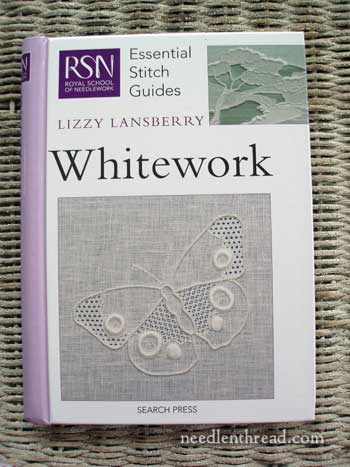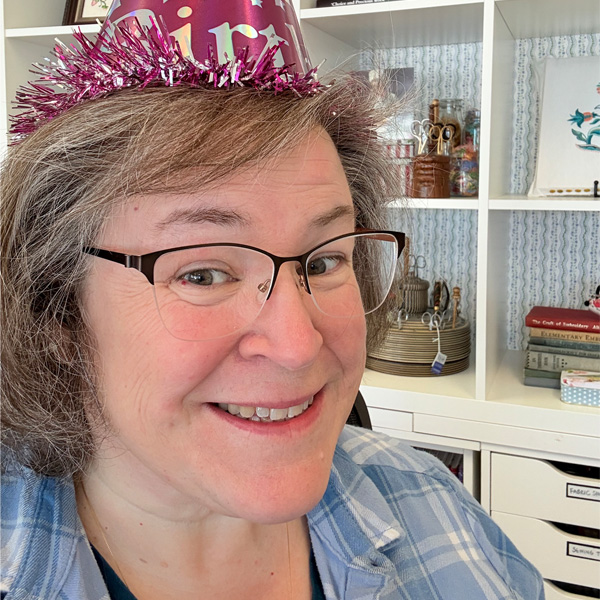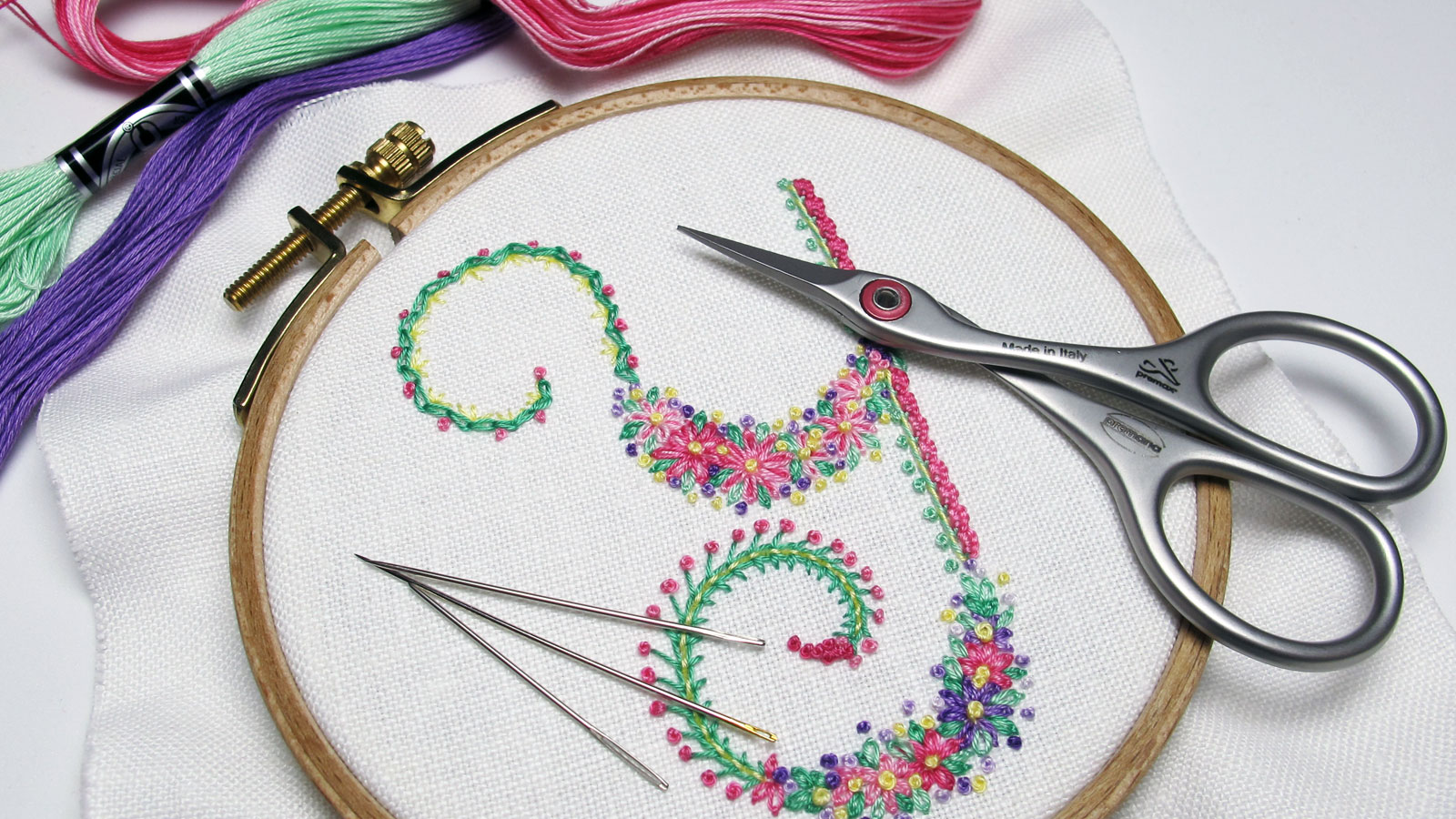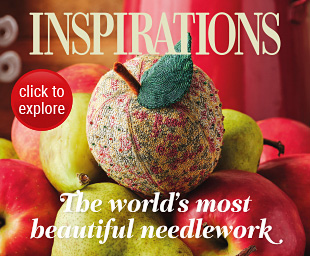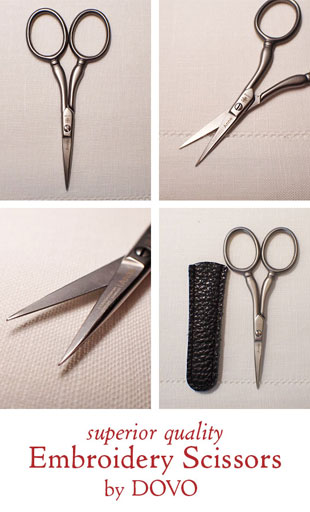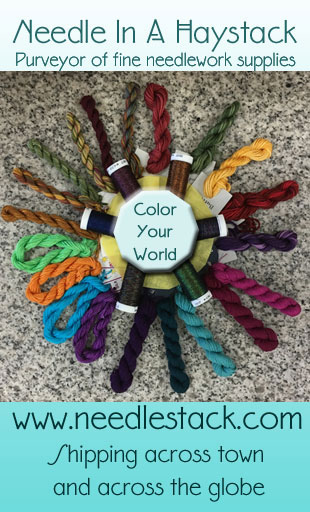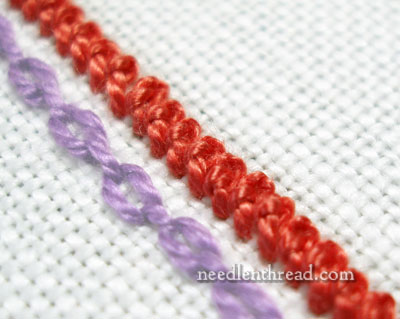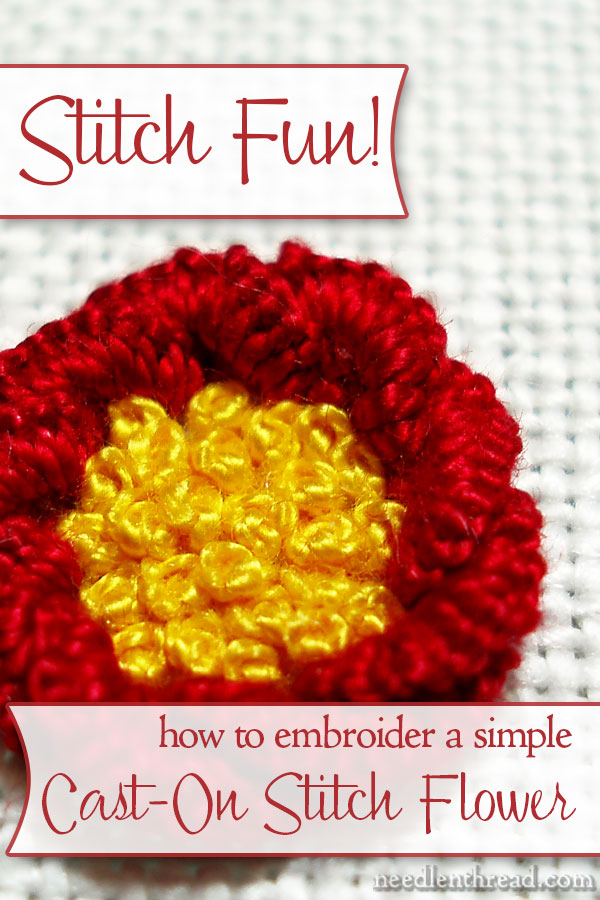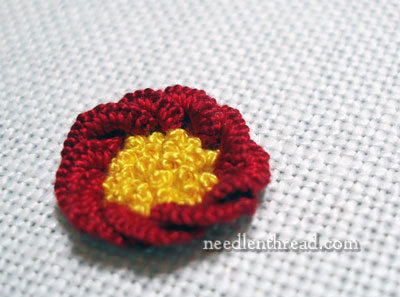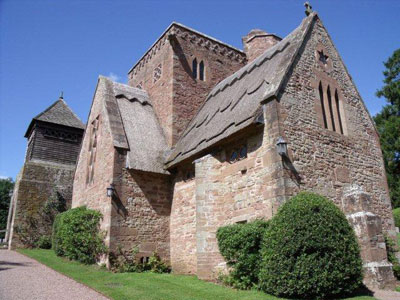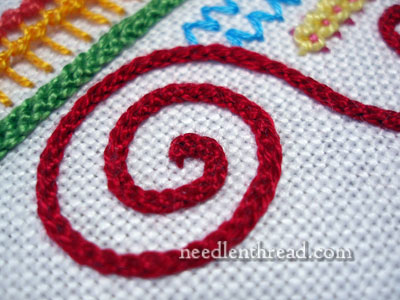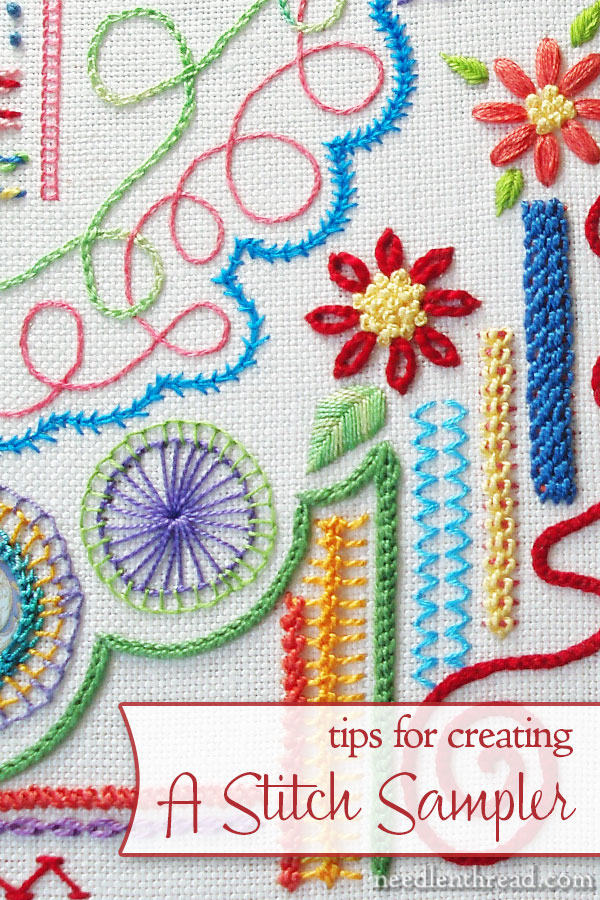July 30, 2012
Whitework: RSN Essential Stitch Guide Review
The Royal School of Needlework has added to their collection of Essential Stitch Guides lately. The new title is Whitework, by Lizzy Lansberry. As soon as I heard the book was out, I ordered a copy right away – not only to review it for you, but also (and especially) because I love whitework. I figured if this book measures up to the other Stitch Guides produced by the RSN, then it’s bound to be a keeper!
And it does. And it is!
